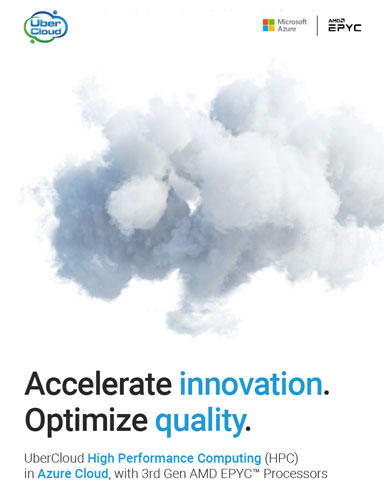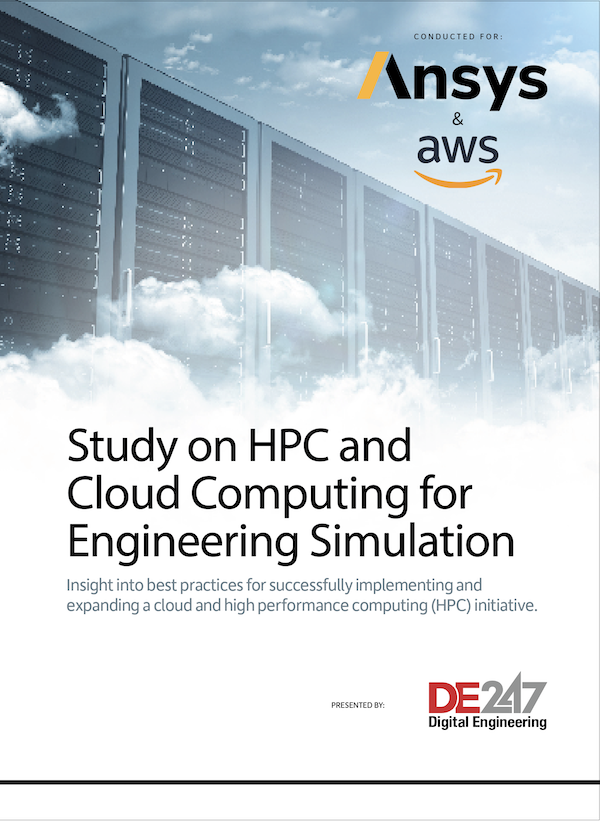AI-capable Supercomputer ZF ProAI Said to Feature Computing Power and Flexibility
ZF's modular and scalable ProAI product family accommodates various software stacks and processors for automated driving.
Latest News
January 7, 2019
ZF unveiled the latest model of its automotive supercomputer ZF ProAI just before the start of this year's Consumer Electronics Show (CES). Vehicle manufacturers and mobility service providers additionally benefit from the system's modularity and scalability, according to the company. The four models in the ZF ProAI product family can be optimally configured for any application—from a basic ADAS function up to fully autonomous cars, commercial vehicles and industrial applications.
Customers can also specify their favorite software architecture. ZF also premiered its own software stack for new mobility concepts at the CES. This stack together with the latest ZF ProAI and the company's comprehensive sensor set represent a fully integrated system for driverless vehicles that can be adopted by the new players in the field of mobility services.
NVIDIA DRIVE Autopilot Premieres on ZF ProAI
ZF's ProAI's flexibility also convinced NVIDIA to name ZF one of its preferred partners for the launch of its new Level2+ NVIDIA DRIVE AutoPilot. It is an automotive grade AI capable supercomputer that can meet NIVIDIA's desired timeline for the launch of their DRIVE AutoPilot from the beginning.
“We are taking advantage of the fact that currently only ZF offers a supercomputer that is ready for volume production,” ZF's CEO Wolf-Henning Scheider explains. “Our open, flexible, modular and scalable ZF ProAI product family allows for just the right configuration of any application—for a variety of industries, and across all levels of automated driving.”
“We're thrilled with the results of our collaboration with ZF. Their agility and system expertise has resulted in the incredibly rapid development of the ProAI platform enabling L2+ through L4/L5 robotaxi vehicles, leveraging NVIDIA's DRIVE Xavier processors and DRIVE software,” says Rob Csongor, vice president of Autonomous Machines, at NVIDIA. “ZF is now able to deliver to car makers advanced L2+ self-driving solutions for production starting in 2020 and the ability to quickly scale to higher levels of autonomy.”
ZF ProAI An Alternative to Closed Systems
The ZF ProAI RoboThink is a completely new design from ZF. This latest generation in the ZF ProAI product family comes with its own graphics processor, offers a total computing performance of more than 150 teraOPS (the equivalent of 150 trillion calculation operations per second) and can be modularly combined with up to four units, corresponding to a total performance of 600 teraOPS.
“The unique selling proposition of the AI-capable ZF ProAI RoboThink is its modular hardware concept and open software architecture. Our aim is to provide the widest possible range of functions in the field of autonomous driving,” explains Torsten Gollewski, head of ZF Advanced Engineering and general manager of Zukunft Ventures GmbH.
With four models, ZF can cover virtually the entire range of possible application scenarios and use cases. The ZF ProAI Gen1 is a cost-effective entry-level model that complies with virtually all NCAP 2022 standards. The ZF ProAI Gen2 has computing potential to enable partially and highly automated Level 2 and Level 3 driving. The next stage up, the ZF ProAI Gen3, offers broad modularity and can combine various chips on up to three performance boards. This should provide enough computing power for real time processing of the data required for automated driving up to Level 4. The latest model, the ZF ProAI RoboThink—with its scalable computing power and its own graphics processor—is ideally suited for autonomous driving applications from Level 4 and above.
The ZF ProAI product family offers an open platform for the customized integration of software algorithms—covering conventional functions as well as AI algorithms. The partnership with NVIDIA continues with the ZF ProAI RoboThink—however, ZF also offers customers the option of equipping the ZF ProAI with processors from other manufacturers. A current example is ZF's new partnership with Xilinx, a company in adaptive and intelligent computing. ZF is integrating Xilinx's Multi-Processor System-on-Chip (MPSoC) platform for data aggregation, pre-processing and distribution to enable the scalability and flexibility required for various sensor and automated driving feature sets.
ZF ProAI Enhances Mobility-as-a-Service
“The computing power of central computers in robo-taxis and autonomous people or cargo-movers will be significantly higher than for automated-driving passenger cars,” says Torsten Gollewski. “The demand from ride-hailing service providers for even more computing power has arisen much sooner than predicted. Today, the autonomous-driving market is being driven more by new mobility service providers than by established vehicle manufacturers.”
Depending on the use case, the ZF ProAI product family offers computing power that provides an ideal platform for the fusion of sensor data from cameras, LIDAR and radar systems. The people and cargo mover which ZF will launch in volume production this year in a joint venture with e.GO Mobile AG will also use ZF ProAI for its automated driving functions and networking.
More Info
Sources: Press materials received from the company.
Subscribe to our FREE magazine, FREE email newsletters or both!
Latest News
About the Author
DE’s editors contribute news and new product announcements to Digital Engineering.
Press releases may be sent to them via [email protected].






